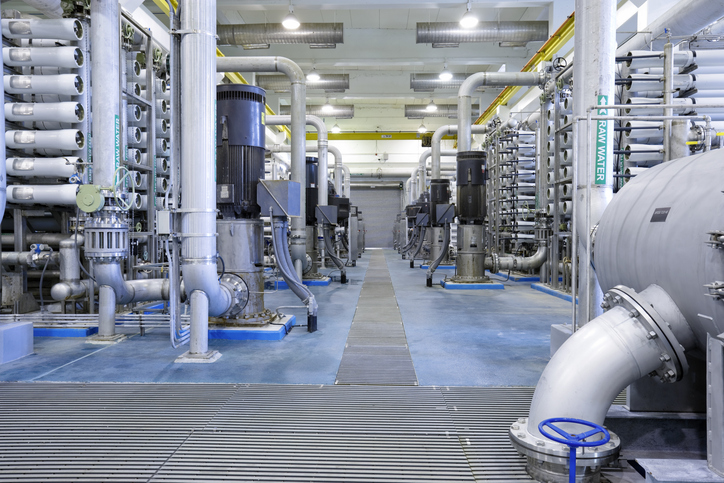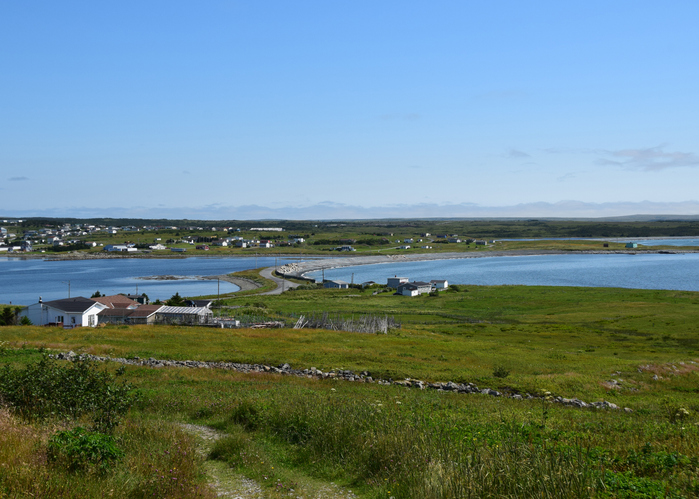A McGill University research team says low-grade heat from renewable sources could one day be used to desalinate seawater, offering a potential new tool for communities facing water scarcity.
The study evaluates a technique known as thermally driven reverse osmosis (TDRO)—a piston-based system powered by low-grade heat from solar thermal, geothermal heat and other sources of renewable energy to produce fresh water. While earlier research suggested the approach was technically feasible, the McGill-led team is the first to examine its thermodynamic limits.
“Most desalination is done by reverse osmosis, which uses electricity to drive water through a membrane,” said co-author Jonathan Maisonneuve, an associate professor of bioresource engineering. “If we can find a way to harness existing heat from renewable sources, that could be very advantageous, because it’s so abundant.”
Electricity-based desalination typically requires one to four kilowatt hours to produce a cubic metre of fresh water—an energy demand that can be prohibitive in remote or off-grid regions. The researchers found that TDRO, using an optimized design based on earlier work by MIT researcher Peter Godart, would need about 20 kilowatt hours of heat per cubic metre.
“There’s still a big difference when you compare it to one to four kWh, but because heat is cheaper than electricity, we don’t have to totally close that gap,” Maisonneuve said.
TDRO operates by heating and cooling a small quantity of “working fluid” inside a sealed chamber. As the fluid expands and contracts with temperature changes, it drives a piston that pressurizes seawater and forces it through a membrane—effectively merging a thermodynamic engine with water purification.
The McGill team found that by optimizing the ratio of working fluid to seawater and adjusting piston dimensions, the system performed better in modelling than previously expected and compared favourably to existing thermal desalination methods.
Maisonneuve said further study is needed to understand how quickly the system could operate in real-world conditions and how factors such as environmental heat loss might affect performance.
The research, published Oct. 15 in Desalination, was authored by Saber Khanmohammadi, Sanjana Yagnambhatt, Dan DelVescovo and Maisonneuve, with support from Oakland University.











